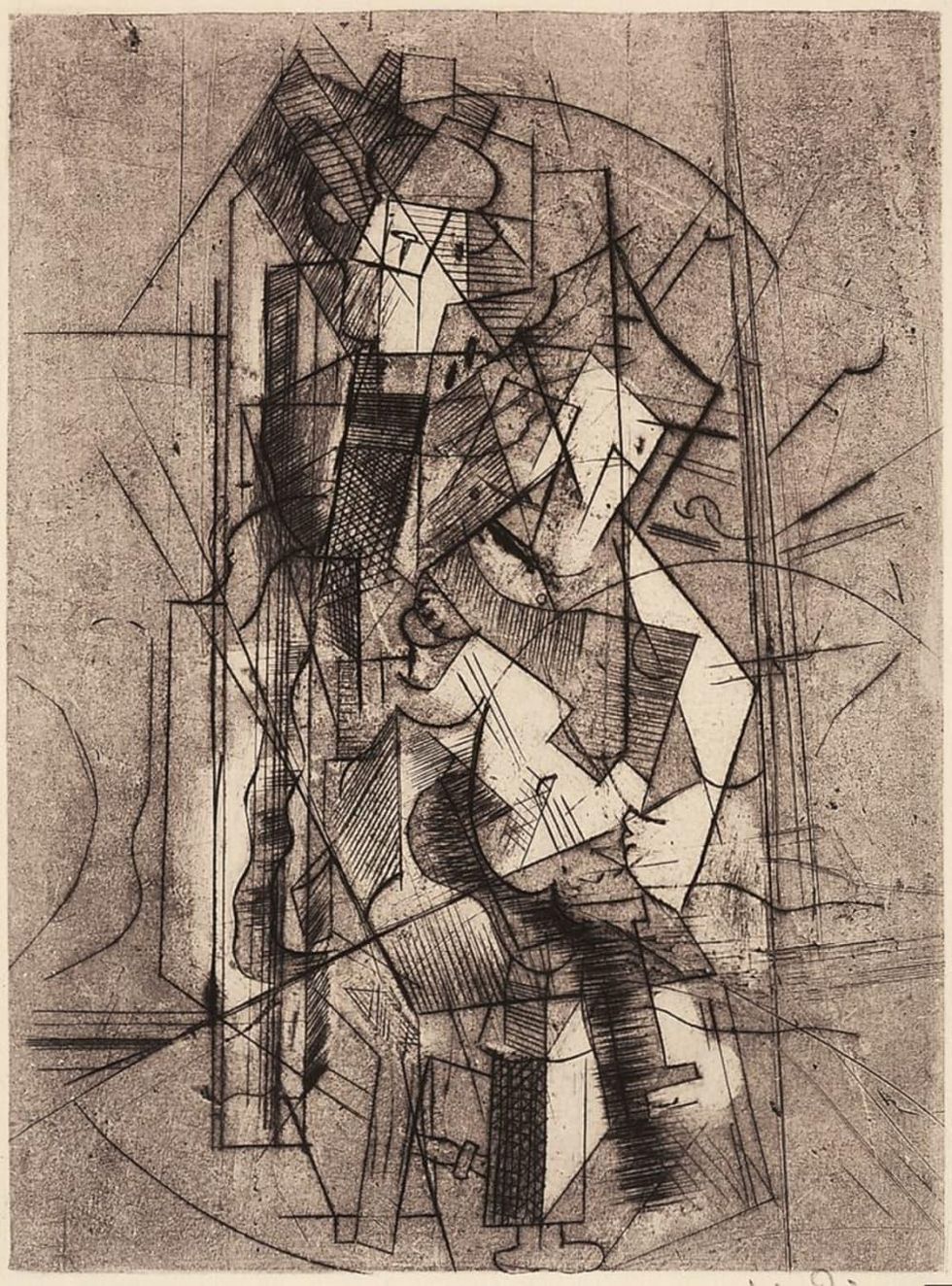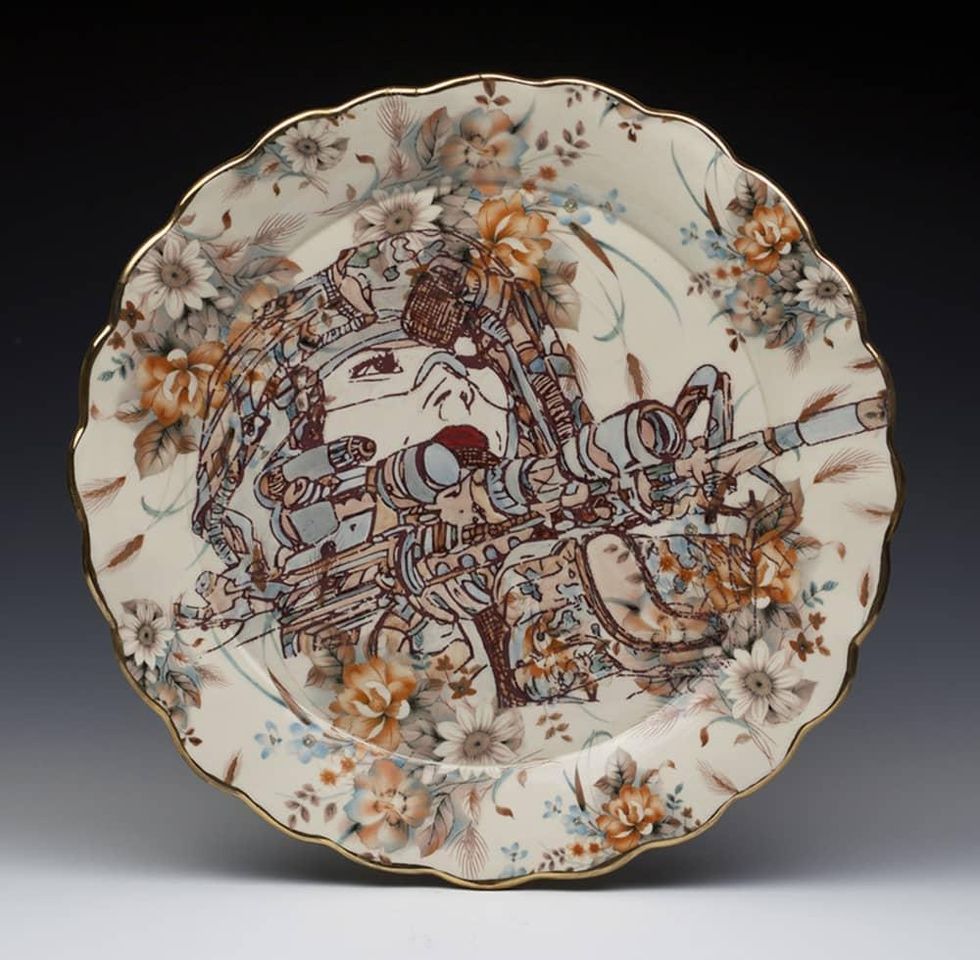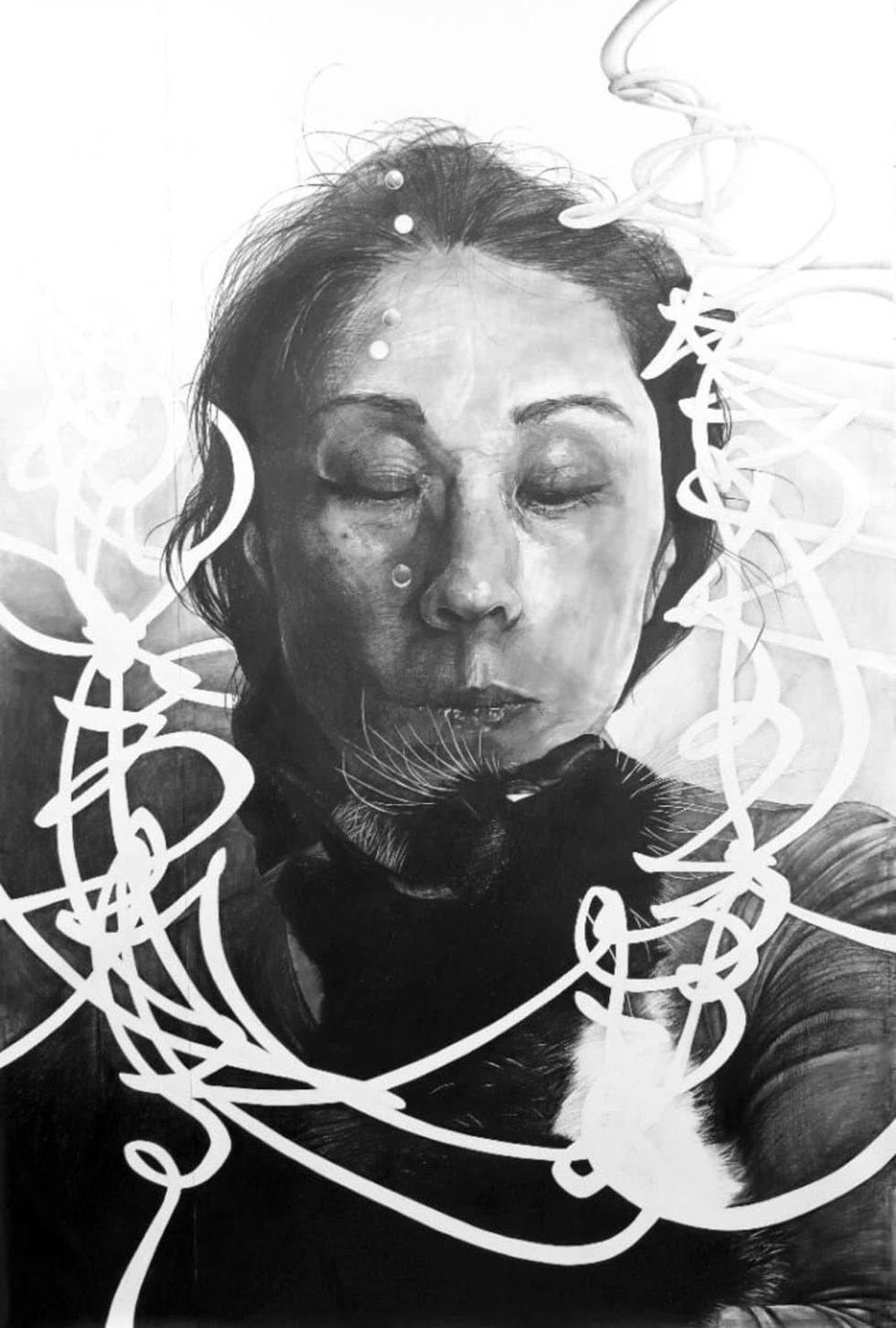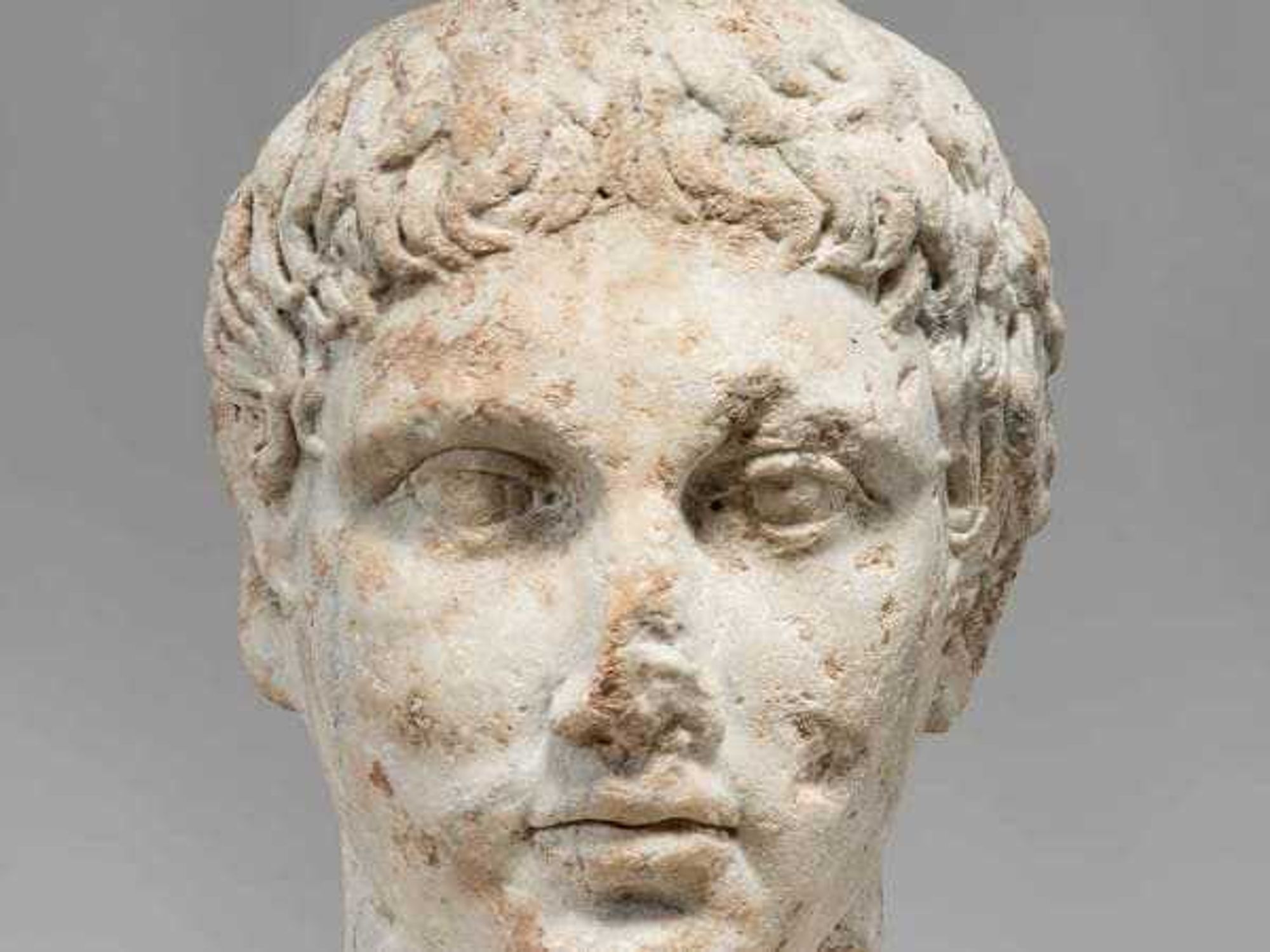State of the Arts
6 world-class ways to experience the arts in San Antonio this month

There are so many worthwhile ways to celebrate the arts in San Antonio this month. Start with a cultural hybrid of Japanese and American art from Houston artist Mayuko Ono Gray; peruse a powerful photo exhibit and commentary from artist Christian K. Lee on the negative portrayals of Black American gun owners; meet the “Floops” at Artpace, ceramic sculptures with personality from Michael Guerra Foerster; and wind your way through the Cubist radicals, Picasso and Braque, at the McNay. Also not to be missed, two related exhibits at Blue Star Contemporary that reflect and reclaim the memories of Veterans and their families. The world-class exhibits on display this June offer a world of choices.
Presa House Gallery
“Mayuko Ono Gray: 諸行無常_This too, shall pass” — Now through 25
Mayuko Ono Gray is a visual artist based in Houston whose primary medium is graphite drawing. Born in Gifu, Japan, she trained in traditional Japanese calligraphy in her childhood and classical Western drawing in her teenage years. Ono Gray’s interest and practice follows a path of classical Asian art that often combines words and imagery. Her work depicts people, animals, and still-life’s captured in her daily experiences alongside timeless Japanese proverbs, often expressing powerful truths that resonate with us today. Ono Gray hybridizes and reflects on her culturally Japanese and American life in her artwork and the evolution of her artistic path while bridging the cultural vastness of East and West.
Photo Center
“Christian K Lee: Armed Doesn’t Mean Dangerous” — Now through July 23
The premise of the exhibit “Armed Doesn’t Mean Dangerous” is that Black gun owners are often portrayed negatively in America and the work of photographer Christian K. Lee sets out to change that perception. Growing up in Chicago, Lee routinely saw how Black men across America who owned handguns were associated with gangs and criminals. This phenomenon made it difficult for him to grasp wanting to own a firearm. But at home, Lee saw a positive, responsible side of firearms ownership. His father was an Army veteran and a police officer. Lee’s photographs aim to promote a more balanced archive of Black Americans with firearms by showing responsible gun owners — those who use these weapons for sport, hobby, and protection. Lee hopes to dismantle outdated stereotypes that deem being Black and armed as dangerous, threatening, and contrary to what it means to be a law-abiding citizen in the United States.
Lawrence Markey
“Helmut Federle: Drawings 1970s” — Now through July 30
Swiss artist Helmut Federle selected 15 drawings of mountain peaks, signs and landscapes created between 1974 and 1979, and they have never been exhibited. Mediums include acrylic, pencil, ink and watercolor, on either paper or board. In a career spanning decades, Federle has become known for large scale paintings that resist easy categorization and his works on paper represent a significant part of the artist’s oeuvre in like manner. "His meanings are not specific, he says, but vaguely psychological — matters of feeling," writes Richard Schiff in an essay commissioned for the exhibit. "Such emotional conditions remain nonverbal and unnamed. Federle represents the ineffable."
McNay Art Museum
“Picasso & Braque: Radicals” — Now through August 28
Pablo Picasso and Georges Braque are two pioneers of the Cubist art movement, one of the most influential artistic developments of the twentieth century that arguably challenged traditional perspectives of how we see the world. Characterized by fractured viewpoints and abstracted forms, Cubism defies established notions of three-dimensionality. The concept can be intellectually challenging but beautifully reflects the dynamism, rhythm, and innovation of the early 1900s. Picasso and Braque are credited with establishing this new visual language that presented infinite possibilities and catalyzed future developments in the visual arts. This exhibition features work by 20th-century artists who took inspiration from these revolutionary ideas and practices, including American artists Fannie Hillsmith and John Marin, and Texas artist Bill Reily, among others. Paintings, drawings, sculptures, and prints demonstrate how Cubism transcended time and space.
Artpace
“Michael Guerra Foerster: Every Time We Say Goodbye” — Now through September 4
Michael Guerra Foerster explores ideas of intimacy, separation, grief, and memory through ceramic sculptures he calls Floops. The expressions on the Floops are simple yet evocative. While some radiate confidence, others express insecurity, and still others betray no emotion whatsoever. This work takes root in the artist’s subconscious and touches upon the fundamental transformation of interpersonal relationships through time. Throughout the exhibition, these unique and strange forms draw inspiration from animation, games, and toys representative of the early 2000s. These forms are littered with cracks and spontaneous ashen markings produced in the pit firing process, a method Foerster sees as a stand-in for the human condition: huge flames, rapidly changing pressure, and falling debris creating a variety of effects, desirable or otherwise.
Blue Star Contemporary
“Travel Distance and The Veterans Book Project” — Now through September 25
The Veterans Book Project is a library of books authored collaboratively by artist Monica Haller and dozens of people who have been affected by, and have archives of, the American wars in Iraq and Afghanistan. Each book re-deploys volatile images with the aim of re-articulating and refashioning memories. It stands both independent of and in concert with the larger collection. Travel Distance features artworks that represent how veterans and their families have processed, moved through, reflected, purged, and reclaimed their experience around military service. The exhibition features 8 veteran and actively serving artists and two artists from military families.
Pablo Picasso's L’Homme à la Guitare (Man with a Guitar, 1915), currently on display at the McNay Art Museum as part of the Picasso & Braque: Radicals exhibit.



